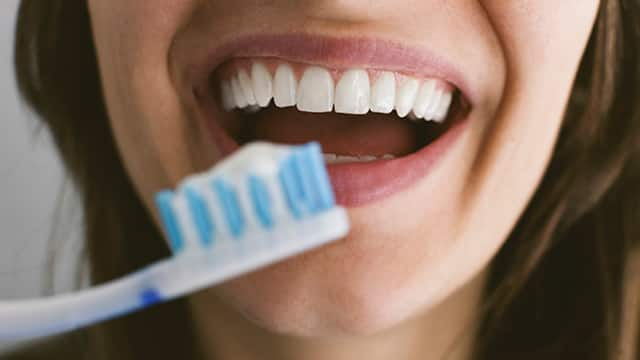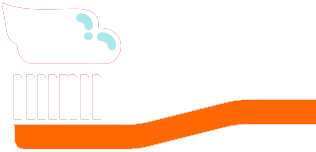How to Choose the Best Toothbrush
Follow this handy step-by-step guide for finding what kind of toothbrush is best for you:
Step One – Decide on Manual or Electric/Battery-Powered Toothbrush: It doesn't matter as long as you spend two minutes each time you brush twice daily with fluoride toothpaste. However, you might be better off with a powered toothbrush if you:
- Have limited manual dexterity
- Tend to brush too vigorously
- Need help ensuring you brush for the proper amount of time
- Get advice from your dentist to do a better job of cleaning your teeth.
Many powered toothbrushes alert you when you've brushed for two minutes—some signal when you've brushed each of the four quadrants of your teeth for 30 seconds.
Step Two – Look for the ADA Seal of Acceptance:
The American Dental Association seal ensures that independent experts verify the brush's safety and effectiveness. The standards ADA-approved toothbrushes meet often go beyond what government regulations require.
Step Three – Select the Best Type of Bristles: Most dental professionals agree that a soft-bristled toothbrush is best for teeth, especially for removing plaque and debris.
A soft toothbrush should do the job when brushing your teeth thoroughly for two minutes.
Medium and stiff bristles might be too hard on gums and enamel. Unless your dentist recommends brushing with a medium or hard toothbrush, stick with the soft brush.
Step Four – Choose the Size of Toothbrush Head: Small-headed brushes can better reach all areas of the mouth – including hard-to-reach back teeth.
You might also check with your dentist to determine if you need any particular toothbrush on which the bristles are patterned or tapered on the head.
Step Five – Pick Out a Brush Handle That's Best for You: Depending on your situation, you might require an angled, non-slip grip or flexible-neck handle.
Step Six – Opt for Your Favorite Color Toothbrush: This is the fun part. Once you narrow down your choices to your best toothbrush, go wild!








